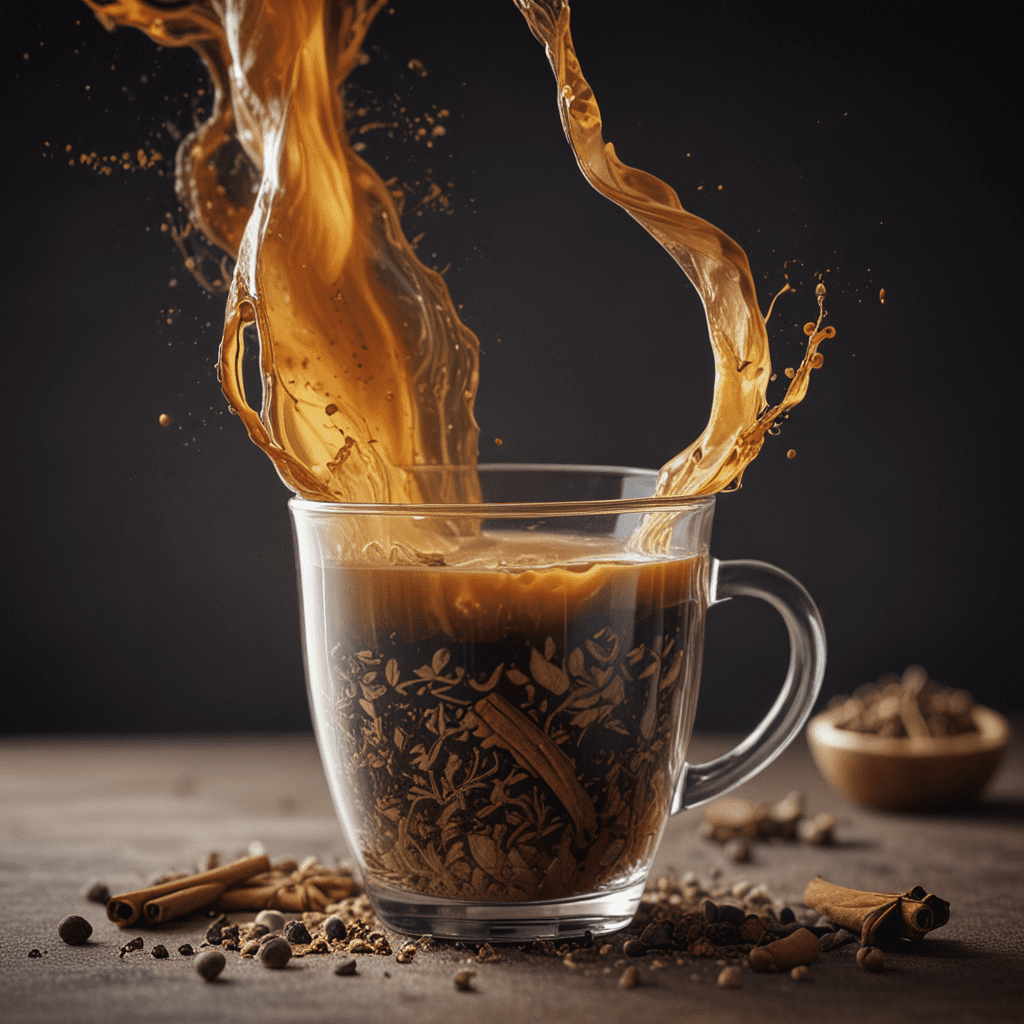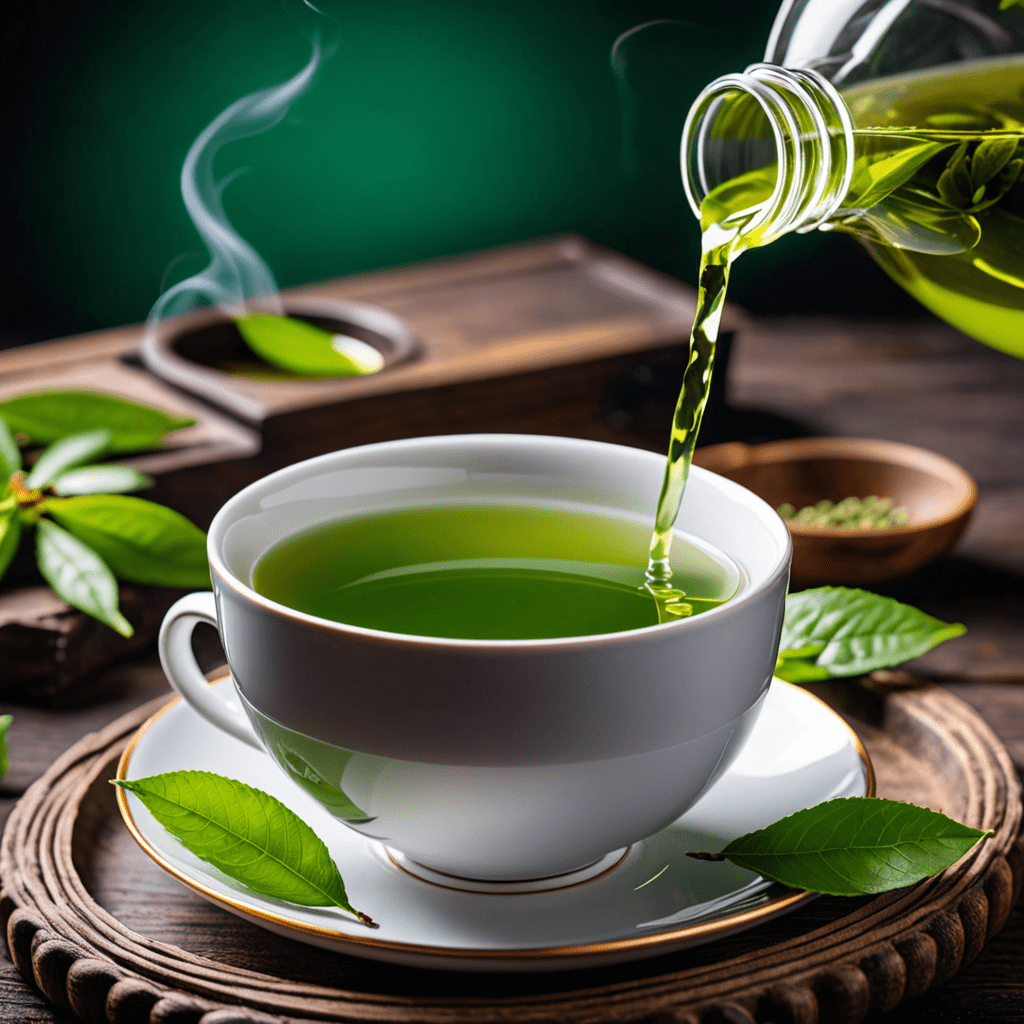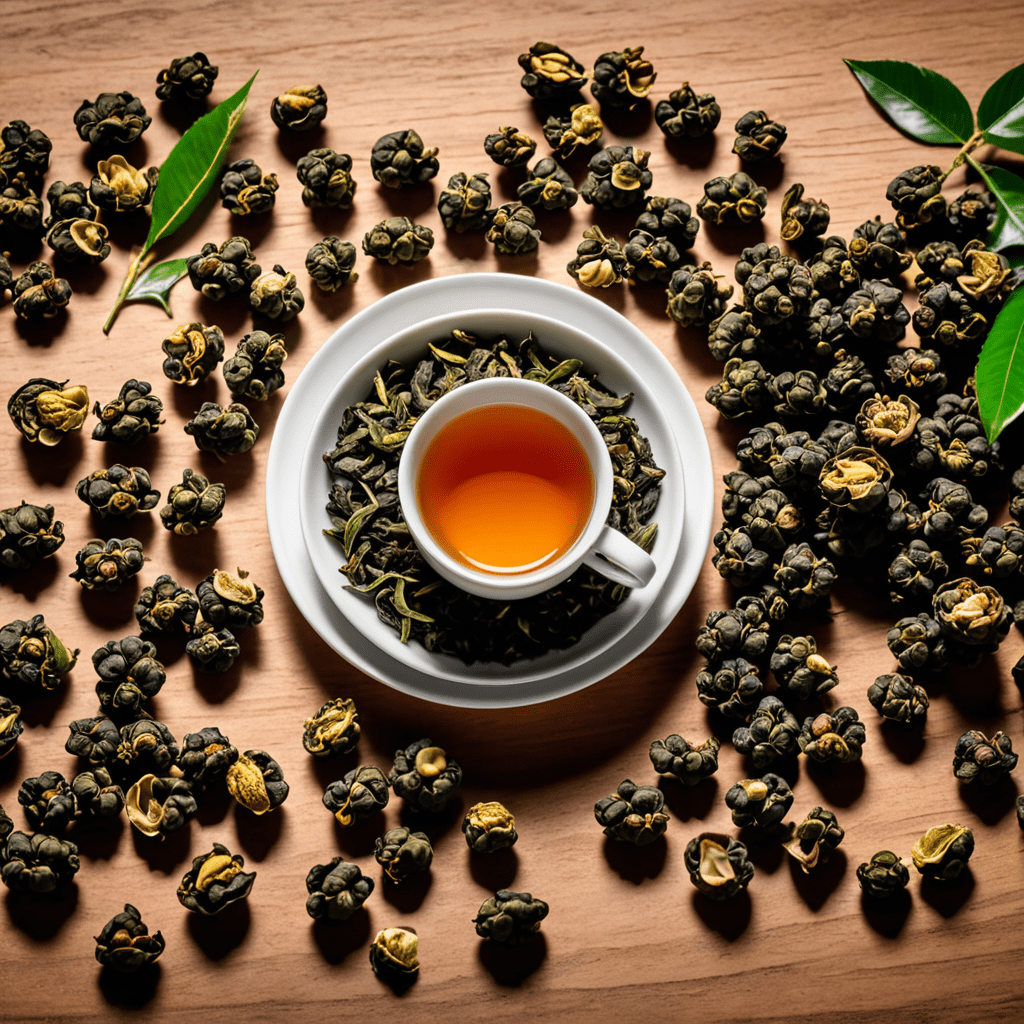
Introduction: The Enticing Aroma of Chai Tea
Chai tea, a harmonious blend of spices and black tea, captivates the senses with its exotic fragrance and distinctive flavor. Its origins can be traced back to ancient Ayurvedic medicine, where it was used for its healing properties. Today, chai tea has evolved into a global beverage, enjoyed for its comforting warmth and invigorating taste.
Historical Origins: From Ayurvedic Medicine to Global Delight
Chai tea has a rich history dating back to ancient India. Its roots lie in traditional Ayurvedic medicine, where it was known as "kadha," a concoction of spices and herbs believed to promote health and well-being. With the advent of British colonialism in the 19th century, chai tea gained popularity in the West, where it underwent some modifications to suit the local palate. Today, chai tea variations can be found in many cultures worldwide, each with its unique blend of spices and flavors.
Essential Ingredients: The Symphony of Spices
The essence of chai tea lies in its captivating blend of spices. The primary ingredient is black tea, typically a strong Assam or Darjeeling variety. The tea is then infused with a symphony of aromatic spices, including cardamom, cinnamon, ginger, cloves, and black pepper. These spices, each with their distinct flavor profile, create a harmonious and tantalizing aroma that defines chai tea.
Chai Blending: The Art of Balancing Flavors
The art of chai blending lies in achieving a delicate balance of flavors. The proportion of each spice varies depending on regional preferences and personal tastes. Cardamom and cinnamon form the aromatic base, while ginger adds a hint of heat. Cloves and black pepper contribute warmth and a subtle pungency. The goal is to create a symphony of flavors that tantalizes the taste buds and leaves a lasting impression.
Chai Preparation Methods: Unveiling the Ritual
Preparing chai tea is both an art and a ritual. Traditional methods involve simmering the tea and spices in milk on a stovetop. The mixture is brought to a boil and then strained through a sieve. Modern adaptations include using pre-blended chai tea bags or tea concentrates for convenience. Regardless of the method, the key is to allow the spices to fully infuse into the tea, creating a rich and flavorful beverage.
Health Benefits: Unlocking the Healing Properties
Chai tea is not only a delightful beverage but also a source of potential health benefits. Its blend of spices has been traditionally used in Ayurvedic medicine for its healing properties. Cardamom, with its anti-inflammatory and digestive-aiding qualities, soothes the stomach and reduces nausea. Cinnamon regulates blood sugar levels and improves circulation. Ginger, a potent anti-inflammatory, helps alleviate pain and congestion. Cloves have antimicrobial properties, while black pepper enhances nutrient absorption.
Variations: Exploring the Diverse Chai Landscape
The world of chai tea is vast and diverse, with variations emerging in different regions and cultures. In India, the birthplace of chai, regional preferences dictate the spice blend. Kashmiri chai, for instance, incorporates green tea, while Masala chai is a robust blend with a higher proportion of spices. In the West, chai lattes have become popular, featuring a creamy texture and often a dash of sweetness. From the Middle East to Southeast Asia, each region boasts its unique interpretation of this beloved beverage.
Cultural Significance: Chai as a Social Elixir
Chai tea has deep-rooted cultural significance in many societies. In India, it is offered as a gesture of hospitality and shared in social gatherings. The preparation and consumption of chai is a ritual that brings people together. In other cultures, such as Iran and Afghanistan, chai is an essential part of traditional festivals and celebrations. It represents warmth, comfort, and the shared experience of community.
Modern Adaptations: Chai in a New Era
In recent times, chai tea has undergone modern adaptations to meet evolving tastes and lifestyles. Chai tea concentrates, offering convenience and customization, have gained popularity. Cold brew chai, a refreshing alternative to the traditional hot beverage, has emerged as a favorite among tea enthusiasts. Moreover, the incorporation of exotic spices, such as star anise and nutmeg, adds a contemporary twist to the classic chai blend.
Conclusion: The Timeless Allure of Chai Tea
Chai tea, with its captivating aroma, delectable flavor, and potential health benefits, continues to enchant tea lovers worldwide. Its journey from ancient Ayurvedic medicine to a global delight is a testament to its timeless allure. Whether enjoyed as a comforting beverage, a social elixir, or a source of well-being, chai tea remains a treasured part of diverse cultures and a testament to the enduring power of this aromatic blend.
FAQs
What is the origin of chai tea?
- Chai tea has its roots in traditional Ayurvedic medicine in ancient India.
What are the key ingredients in chai tea?
- Chai tea typically includes black tea, cardamom, cinnamon, ginger, cloves, and black pepper.
How is chai tea prepared?
- Traditional methods involve simmering tea and spices in milk on a stovetop, while modern methods include using tea bags or concentrates.
What are the health benefits of chai tea?
- Chai tea contains spices with potential health benefits, including anti-inflammatory, digestive, and antimicrobial properties.
What are some variations of chai tea?
- Regional and cultural variations exist, such as Kashmiri chai with green tea and Masala chai with a higher spice content.
How can I customize my chai tea?
- Chai tea concentrates and cold brew methods offer customization options, while exotic spices can add a contemporary twist.

